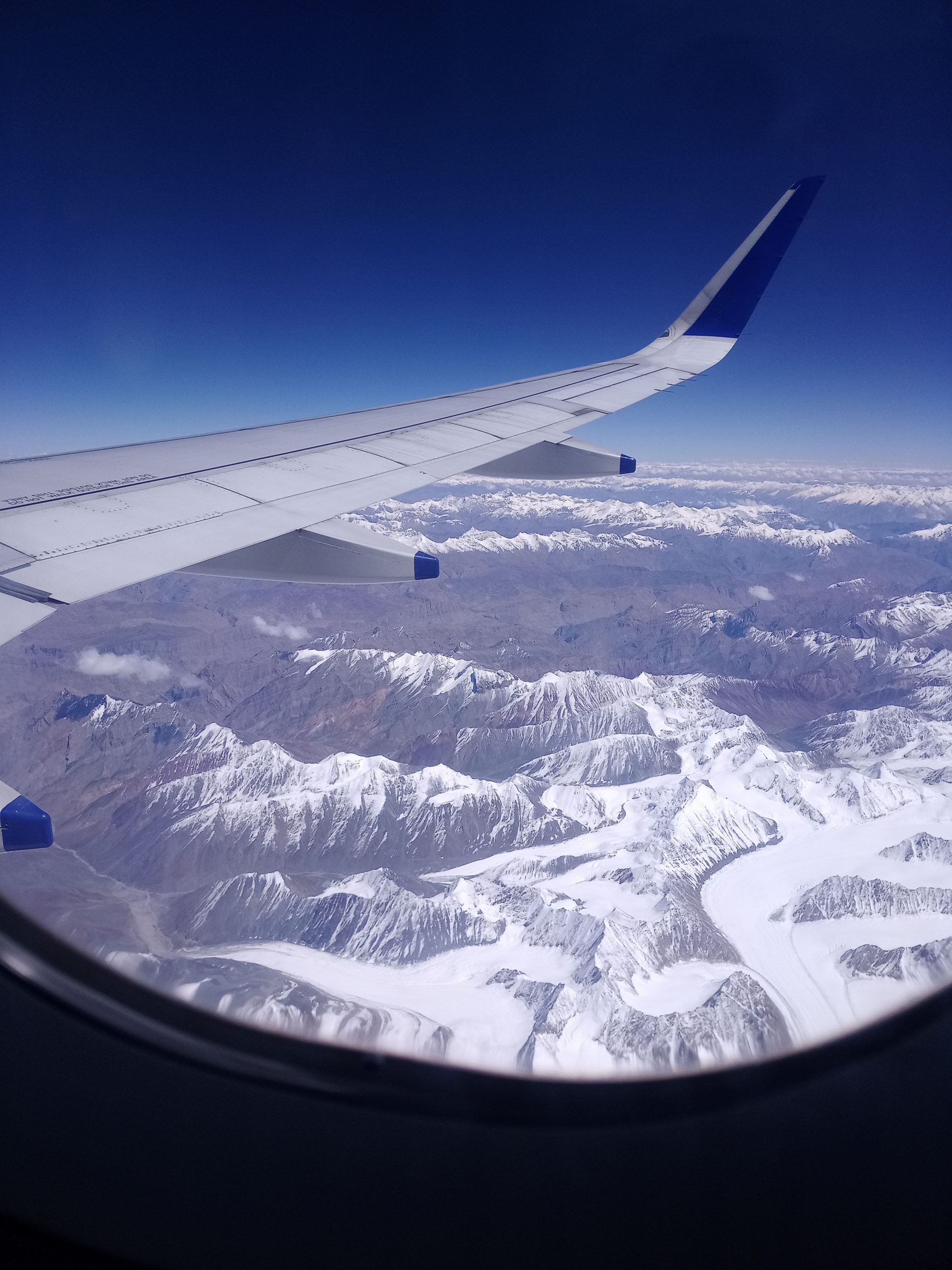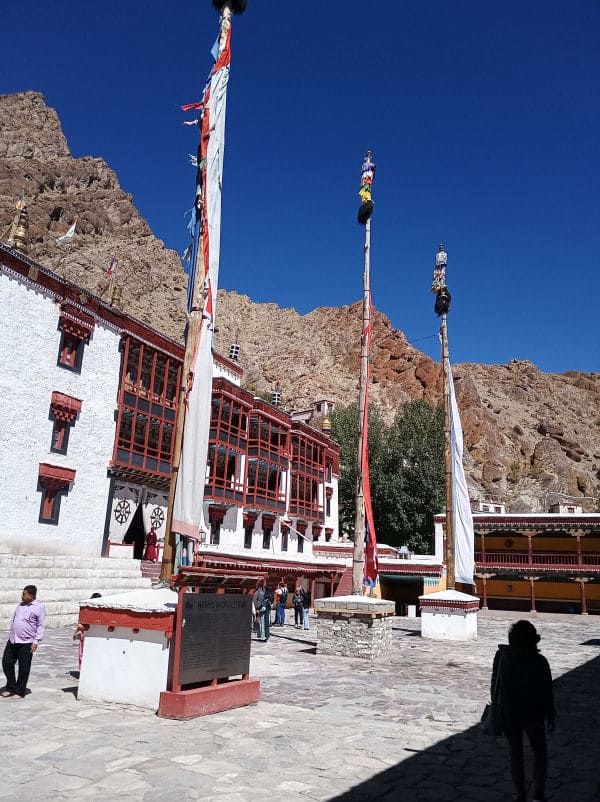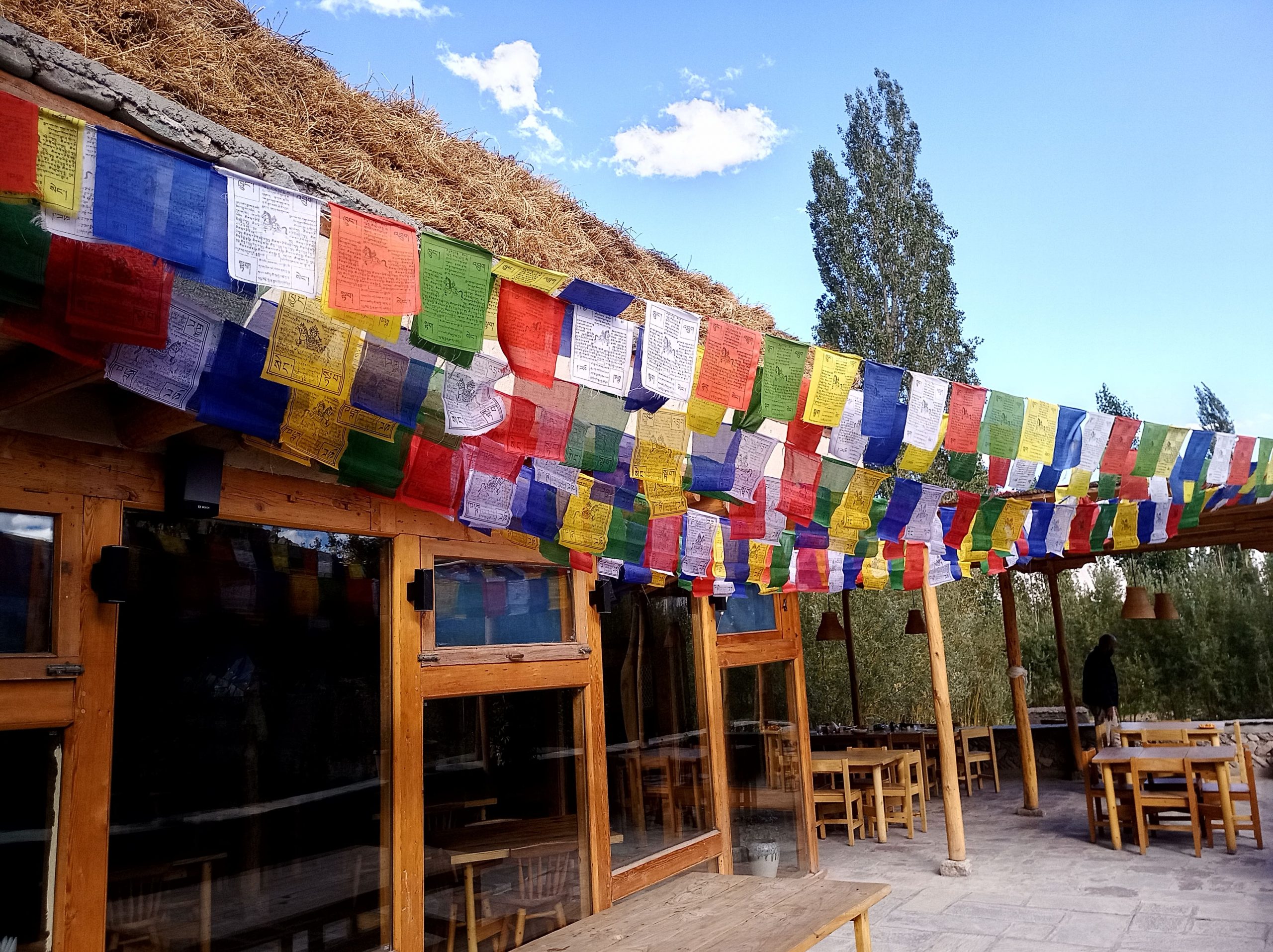Land of High Passes
Ladakh
A High Altitude Desert nestling in the Himalayas in the
northernmost region of India. Ladakh is a mesmerizing blend of
breathtaking landscapes, rich history and vibrant culture.
A lot of history
its dramatic mountain ranges, serene monasteries, and pristine
rivers, making it a haven for nature lovers, adventurers, and
spiritual seekers alike.
Choosing your holiday
Wales Beckons international travel division, ‘NEI UK to…’, would love to help you to create the perfect historical holiday for you, to match your interests and passions.

‘Still today though the royal family play an active role in many
aspects of Ladakhi life and the current King, Jigmed Namgyal,
known as Raja or Gyalpo, is regarded as a custodian of Ladakhi
culture, traditions, and Buddhist heritage and often involved in
religious and cultural events, representing a symbolic link to
Ladakh’s historical and cultural past.
Ladakh’s governance is managed by the Central Government
through the Lieutenant Governor and local Hill Councils, with no
formal role for the king. The traditional monarchy though
remains relevant primarily as a cultural and historical institution,
cherished by the people of Ladakh.
King Jigmed is very much engaged with ensuring that his country continues to adopt practices which will benefit the Ladakhi people in this age of climate change. Sustainability is very close to his heart and to that end he has developed his Ladakh Sustainabilty Initiative.
It is in this regard that ‘Wales Beckons Ltd’ is working with King Jigmed and will be taking part in any international aspects of puttting his initiative into action.
A Glimpse into History
Ladakh’s history is a fascinating tapestry woven with influences
from ancient Tibetan, Indian, and Central Asian civilizations.
Once a vital stop along the Silk Road, it served as a hub for
trade and cultural exchange. The Ladakhis have witnessed the rise
and fall of kingdoms, with a lineage of rulers still today who have left an indelible mark on its culture and architecture.
The royal family of Ladakh, the Namgyal dynasty, historically
ruled the region and played a significant role in its development
until the 19th century when Ladakh was annexed in 1846 by the
Dogra rulers of Jammu. It was later integrated into modern
India, when the king’s political authority was diminished.

A Message from HH King Jigmed Wangchuk Namgyal
“My family has, for many years, been proud to serve the people of Ladakh and this is still the case even though much has changed over the years, especially politically. Today those changes have to be accepted and although the country of Ladakh is now an Indian state, nestled in the mighty Trans Himalayan range in the north east of India, preserving its proud history and ensuring a sustainable future for it are something very dear to me.
Today though our isolated country is not immune from the effects of climate change. This is something which we cannot ignore and do acknowledge and I am personally doing what I can to address this important matter.
To this end I have commissioned the ‘Ladakh Sustainability Initiative Foundation’ in the hope that together with other parties who share my interest and concerns, steps can be taken in an effort to ensure that the worst effects of climate change can be addressed and remedied and even reversed, if possible.
I know that there are many bodies today working on climate change issues in their many manifestations and that is why I am keen to work with those bodies in the hope that the effects of climate change we are experiencing here in Ladakh can be addressed in a spirit of mutual cooperation.
I have been impressed with work being carried out on a world-wide basis, especially under the auspices of colleges and universities and their associated courses. I am therefore offering the opportunity for members of those institutions to visit Ladakh to see for themselves what are our specific needs in the hope that lessons learned here will benefit peoples and countries elsewhere.
I have chosen Wales Beckons Ltd, based in Wales UK, to be one of my Partners in pursuing my Initiative and if you require any further information, please contact them at info@walesbeckons.co.uk
H.H JIGMED WANGCHUK NAMGYAL
Ladakhis take immense pride in their sustainable way of life, evident in their architecture, agriculture, and festivals. The local cuisine, featuring delicacies like momos, thukpa, and butter tea, offers a unique taste of this high-altitude paradise.
From the grandeur of Leh and Stok Palaces, to the ancient murals of Alchi and Lamayuru Monasteries, Ladakh’s past continues to echo in its present.

